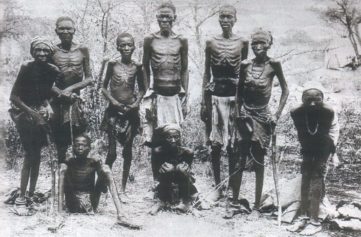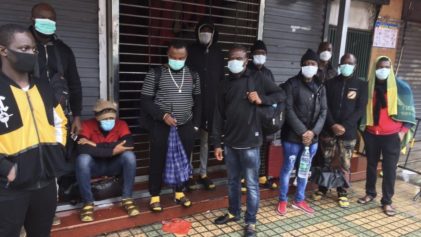MELILLA, Spain — It is easy to pick out the new arrivals at the shelter for immigrants here on this tiny patch of Spain in North Africa. One man limps by on crutches with a plaster cast on his ankle. Another has a bandaged arm in a sling. Abbdol Cisse, 19, had stitches on his face.
“The police in Morocco were throwing stones at us, at our heads,” Cisse said recently, explaining his injuries. “They had metal bars, and they hit our legs while we were climbing.”
Ten years ago, Spain spent more than 30 million euros building up the barriers around Melilla and Ceuta, its two enclaves surrounded by Morocco on the northern coast of Africa, which offer the only land borders between the promise of Europe and the despair of Africa. And for a while the investment seemed to work.
But in the past year, large groups of sub-Saharan immigrants have been charging the rows of seven-yard-high chain-link fences here with increasing frequency, or trying to swim around them, believing with good reason that if they can just get past they will ultimately end up in Europe. They often end up injured, not just from falls and the newly laid concertina wire, but at the hands of the Moroccan and Spanish authorities trying to stop them.
This month the Spanish military police in Ceuta, facing about 250 immigrants climbing the fences or swimming near the shoreline, fired rubber bullets into the water, drawing outrage from European Union officials and human rights activists.
It is not yet clear whether the officers of the Guardia Civil hit the immigrants or whether they drowned in the melee. But so far, 15 bodies have been recovered from the water.

It is a question that has hounded Europe for years, as immigrants fleeing wars or simply wanting a better future have tried to break through its borders, sometimes dying in tiny boats headed for the Canary Islands, part of Spain, or the Italian island of Lampedusa, sometimes trying to walk from Turkey to Greece or Bulgaria. Or, as they are doing now, charging the fences of these enclaves, seeking out even the smallest doorways to Europe.
Spanish officials, who have not sounded particularly repentant about actions at the border, have now appealed to the European Union for help, including financial, saying the burden of protecting Spain’s borders should not be theirs alone. They are also considering changes in the immigration laws to make it easier to immediately eject immigrants who do make it over the fences.
Read the full story at nytimes.com



